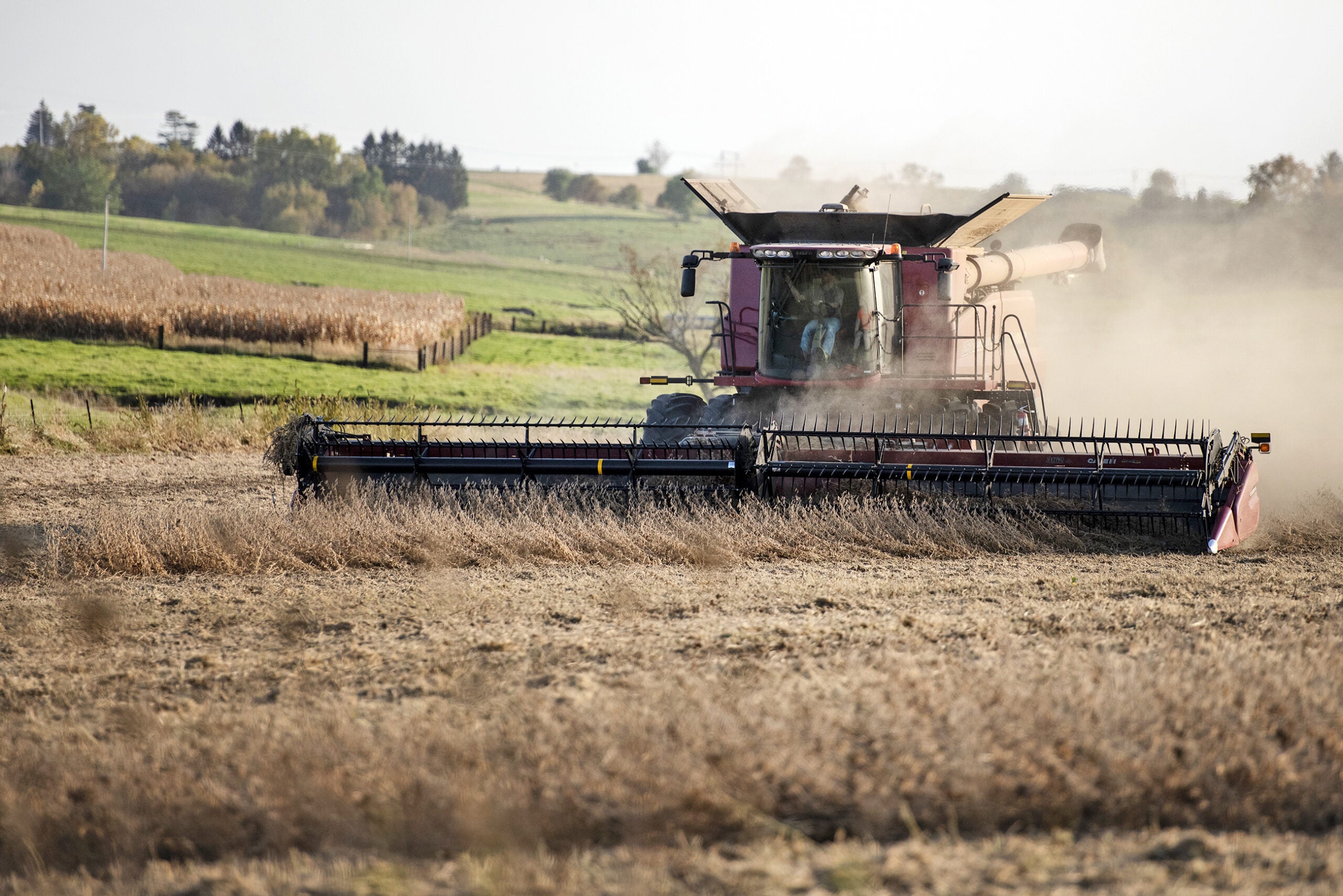Wisconsin agricultural and forestry producers set a new record high for exports last year, topping the previous record in 2021.
The state Department of Agriculture, Trade and Consumer Protection reported that U.S. Census trade data shows food, forestry and agriculture exports totaled nearly $4.22 billion in 2022, up 7 percent from the previous year.
Mark Rhoda-Reis, director of DATCP’s International Agribusiness Center, said the growth was surprising after seeing widespread supply chain impacts during the pandemic and high inflation last year.
Stay informed on the latest news
Sign up for WPR’s email newsletter.
“All of those things you would point to and say things should be flat or maybe even down,” Rhoda-Reis said. “But instead, they’re quite a bit up and we believe that’s largely due to demand regaining after COVID and actually coming back a lot stronger.”
Dairy product exports saw the largest growth, coming in 32 percent higher than in 2021 at a total of $617 million. That’s $100 million more than the previous record high set in 2014, according to DATCP.
Leonard Polzin, dairy economist with the University of Wisconsin-Madison’s Division of Extension, said he thinks much of the export growth came from record high milk prices in 2022 rather than through the sale of more products. Polzin said the U.S. only saw a small amount of growth in milk production last year, but competitors like the European Union, New Zealand and Australia saw production declines.
“There’s generally less product available, which means that even though the market price may be higher, the international market was still wanting to purchase our product,” he said.
Polzin said strong international demand does come back to improve milk prices for farmers. He said America’s Dairyland especially benefited from growth in demand for cheese, which is a top product for Wisconsin’s industry.
Rhoda-Reis said demand for Wisconsin cheese has especially grown in Asian countries like China and Korea. He said cheese hasn’t traditionally been a part of Asian diets, but the product has grown in popularity along with foods like pizza.
“We’re perceived as a good value for money, high quality products and they just like the taste,” he said.
Meat products, which includes everything from brats to mink furs to bovine genetics, declined 2 percent from the previous year to $782 million. Rhoda-Reis said exports of brats and other finished meat products were down about 20 percent to countries like Japan.
“The strong dollar to the yen certainly affects the choice for the meat products,” he said. “It’s a discretionary purchase and so we did see a drop in our exports in that market.”
Crop products, which includes items like corn and soybeans, wood and vegetables, increased more than 5 percent from 2021, setting a new 10-year high at $2.82 billion. Rhoda-Reis said growth in this category was lower than anticipated because of a decline in soybean exports to China. As the second-largest export market for Wisconsin, Rhoda-Reis said China still has retaliatory tariffs in place against several U.S. products and the ongoing political tensions will likely have an impact on exports in 2023.
Overall, he said the U.S. Department of Agriculture is predicting agricultural exports to be down about 3 percent this year.
“We could see slower growth or maybe even flat sales (for 2023),” Rhoda-Reis said. “Because we do a number of processed products in addition to those commodity items, there’s optimism that we’ll still do better in 2023 than we did in 2022.”
Polzin said there is not as much optimism around dairy exports and domestic prices for 2023.
“As we’re seeing more milk come into the international market and we see the world milk price starting to soften, we’re seeing that our milk price in the U.S. has been following that,” Polzin said. “We’ve come down in our milk price in the U.S. quite a bit recently.”
He said national milk production will likely remain steady or even increase slightly this year, driving the need to bring prices down and keep exports competitive.
Wisconsin Public Radio, © Copyright 2025, Board of Regents of the University of Wisconsin System and Wisconsin Educational Communications Board.




